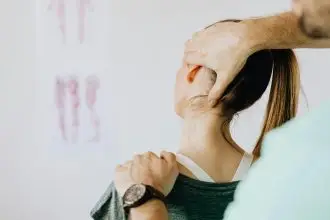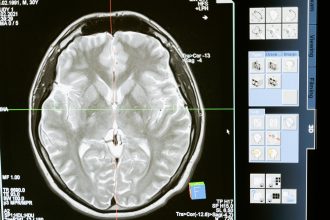After a brain injury, survivors often find that daily tasks they once did without thinking — getting dressed, cooking a meal, or managing bills — suddenly feel overwhelming. Occupational therapy (OT) is the branch of rehabilitation that focuses on restoring independence in these essential activities. While physical therapy emphasizes strength and movement, occupational therapy addresses how survivors function in daily life, at home, at work, and in the community.
The goal of occupational therapy is not just recovery of skills but also adaptation. Even when abilities change permanently, OT helps survivors learn new ways to live independently, often with the help of tools, strategies, and modifications that make everyday life more manageable.
The Focus of Occupational Therapy
Occupational therapy begins with a thorough assessment. The therapist evaluates how the brain injury has affected self-care, thinking, coordination, and the ability to handle daily responsibilities. From there, a personalized rehabilitation plan is developed, focusing on areas such as:
- Self-care: Eating, bathing, grooming, and dressing.
- Home management: Cooking, cleaning, shopping, and managing finances.
- Work and school readiness: Planning, organization, and adapting to professional or academic demands.
- Cognitive skills: Memory, attention, problem-solving, and judgment.
- Community participation: Using transportation, managing schedules, and engaging socially.
Each therapy plan looks different because it is shaped by the survivor’s unique challenges and goals.
Relearning Daily Skills
One of the most powerful aspects of occupational therapy is the focus on real-world tasks. Survivors may practice making a simple meal in a therapy kitchen, relearn how to button a shirt, or work on grocery shopping skills using simulations. These activities may seem basic, but they build independence step by step.
For some, the process involves regaining fine motor control. Therapists guide exercises that strengthen hands and fingers, retraining the brain to handle small, precise movements. For others, therapy centers on managing fatigue and organizing tasks so they can get through the day without becoming overwhelmed.
Cognitive Rehabilitation
Occupational therapists also help with the “thinking side” of recovery. Brain injuries often cause problems with memory, attention, and planning. Survivors may forget appointments, struggle to manage medications, or have difficulty following instructions. In therapy, patients practice memory strategies, use planners or reminder apps, and build problem-solving skills that carry over into daily routines.
This cognitive training is as important as physical skill-building. Being able to remember a sequence of steps, manage time, or adapt when something goes wrong is key to living independently.
Adaptations and Assistive Tools
When full recovery of function is not possible, occupational therapists introduce adaptations to help survivors maintain independence. This may include simple tools such as reachers for dressing, pill organizers for medication management, or adaptive kitchen utensils that are easier to hold.
Technology also plays a growing role in OT. Smartphone apps can provide reminders, smart home devices can help with lighting or safety, and adaptive computer setups make work and school tasks accessible. Therapists not only recommend these tools but also teach survivors and caregivers how to use them effectively.
Emotional and Social Aspects
Daily activities are tied closely to identity. Being able to work, cook, or manage a household provides a sense of purpose. Losing these abilities after a brain injury can cause frustration, sadness, or loss of confidence. Occupational therapy addresses these emotional challenges by setting achievable goals and celebrating small victories.
Therapists also work with families to reduce stress at home. Teaching caregivers how to provide support without taking over every task helps survivors feel more independent while easing caregiver burden.
Challenges and Progress
Like other forms of rehabilitation, occupational therapy can feel slow. Survivors may struggle with fatigue, setbacks, or lack of motivation. Success often comes in small steps—managing to dress without help, cooking a meal with adaptive tools, or completing a school assignment on time. Over time, these victories add up, creating a foundation for long-term independence.
Progress varies, but the guiding principle of OT is that every person can improve. Whether through recovery of skills, adaptation, or creative problem-solving, therapy helps survivors find ways to participate fully in life again.
Conclusion
Occupational therapy is one of the cornerstones of brain injury rehabilitation. It focuses on the skills that matter most in daily life — self-care, home management, work, school, and community participation. Whether by rebuilding lost abilities or teaching new ways to adapt, occupational therapy restores independence and purpose after brain injury.
The process requires patience and persistence, but the rewards are profound. Through OT, survivors often rediscover not just function, but also confidence and identity.







